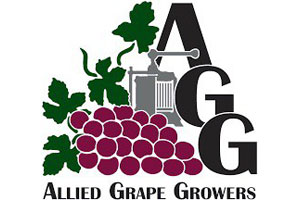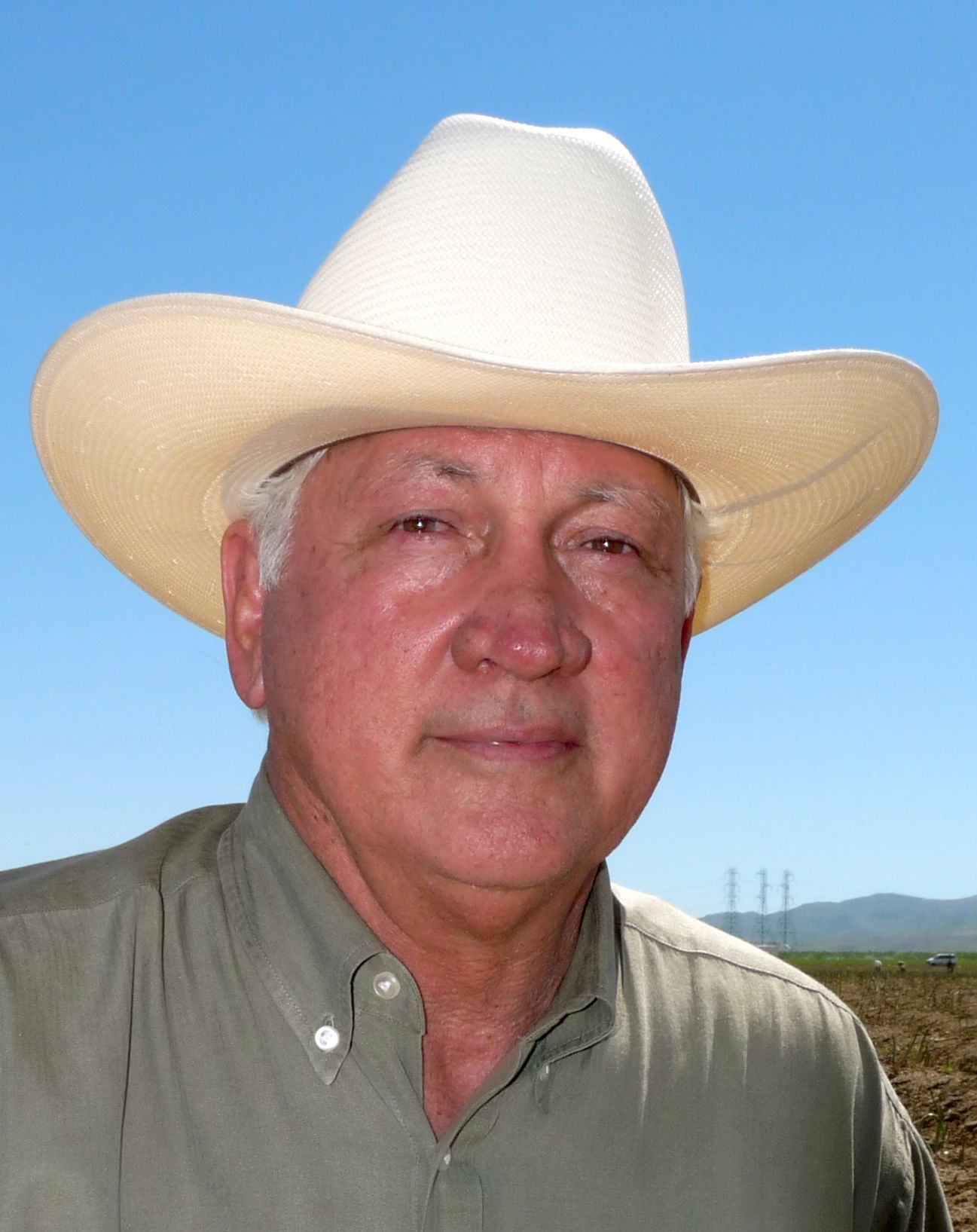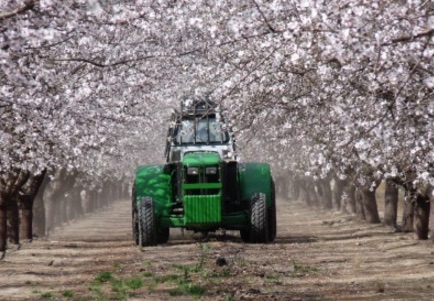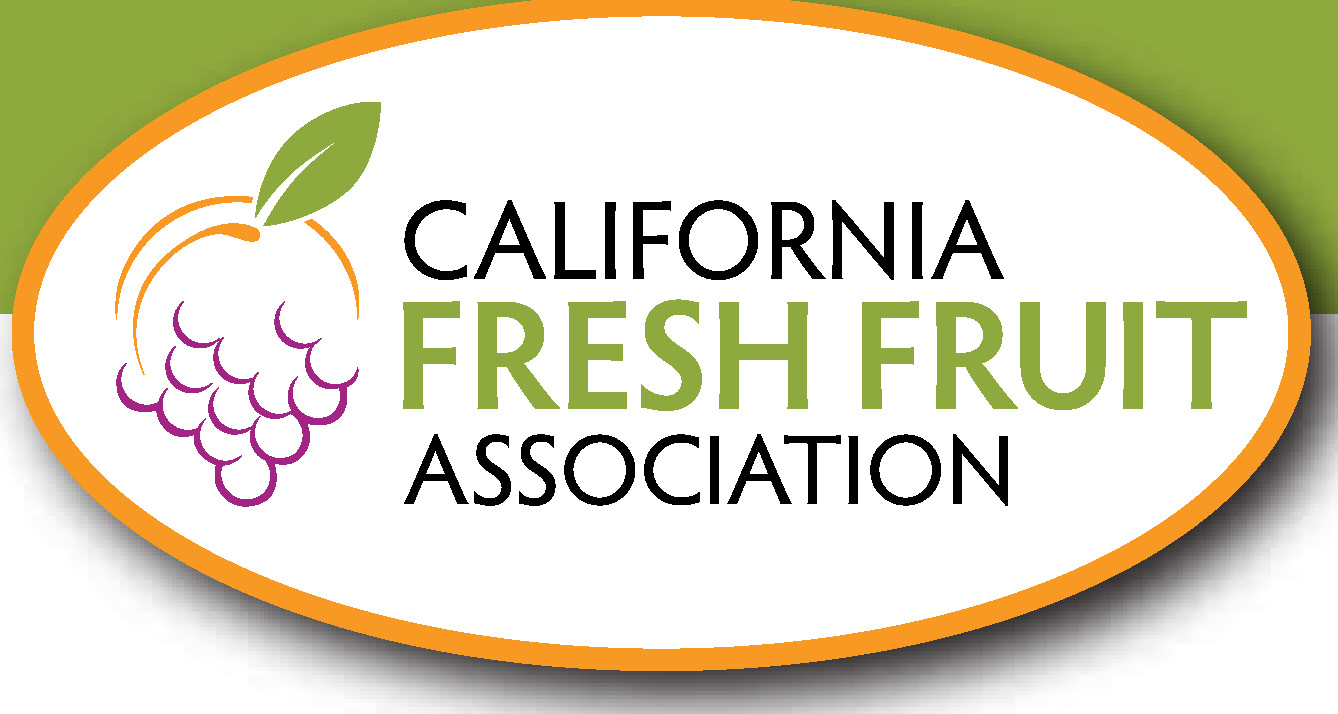State of the Winegrape Industry
State of the Winegrape Industry
By Charmayne Hefley, Associate Editor
Growers attending the Grape, Nut and Tree Fruit Expo in Fresno last November had the opportunity to learn about the state of the winegrape industry from Nat DiBuduo, president of Allied Grape Growers. While DiBuduo acknowledged growers were facing challenges, he encouraged them to continue to work with the industry.
DiBuduo said the immediate challenges facing the winegrape industry—largely in the production and price of winegrapes—depend on the variety, “but I’m asking all winegrape growers to look at their crops, production levels and quality levels.” DiBuduo is asking growers to work with the wineries to get higher production numbers and contracts with higher prices for long-term sustainability.”
“I think 2016 will be a challenge, but I look forward to 2017,” he elaborated; “however, it’s not going to get better without the removal of some vineyards. We’ve got to get the price to where growers are sustainable and viable going forward,” said DiBuduo. “We supply a big base of grapes to in the industry. We want to keep that base despite dwindling sales.”
DiBuduo explained that growers could work on overcoming their challenges by remaining active in the discussion. “Go to meetings like this,” he explained. “Go to viticulture meetings. Work with specialists to get better production and better quality.”
DiBuduo also stressed the importance of designing labels and wines that appeal to millennials. Labels that stand out as creative and unique appeal to the millennial generation, which also does not hold the same brand loyalty as prior generations, he said.
Having labels and brands that are attractive to the millennials is important, DiBuduo said, because this generation cannot “be standardized into one-cookie-cutter-fits-all, so you’ve got to be energized. I think the winegrape industry has really done that. We’ve come out with a number of different blends of wines and different labels that catch the eyes of the millennials and get them excited.”



 California has taken note of the devastation of Florida’s industry, Severns said, and is taking steps to ensure the safety of California’s citrus. “Having gone to Florida with many of our citrus growers,” Severns explained, “I heard Florida growers tell we must control the bug. So we’re trying to keep this bug at bay and not allow [the infestation] to expand. We’ve had varied success in different areas of California, but so far, we’ve been able to keep the bug’s expansion here in the Central Valley to a minimum. We continue to have finds from time to time, but we haven’t yet had an explosion of the population of the ACP.”
California has taken note of the devastation of Florida’s industry, Severns said, and is taking steps to ensure the safety of California’s citrus. “Having gone to Florida with many of our citrus growers,” Severns explained, “I heard Florida growers tell we must control the bug. So we’re trying to keep this bug at bay and not allow [the infestation] to expand. We’ve had varied success in different areas of California, but so far, we’ve been able to keep the bug’s expansion here in the Central Valley to a minimum. We continue to have finds from time to time, but we haven’t yet had an explosion of the population of the ACP.”









